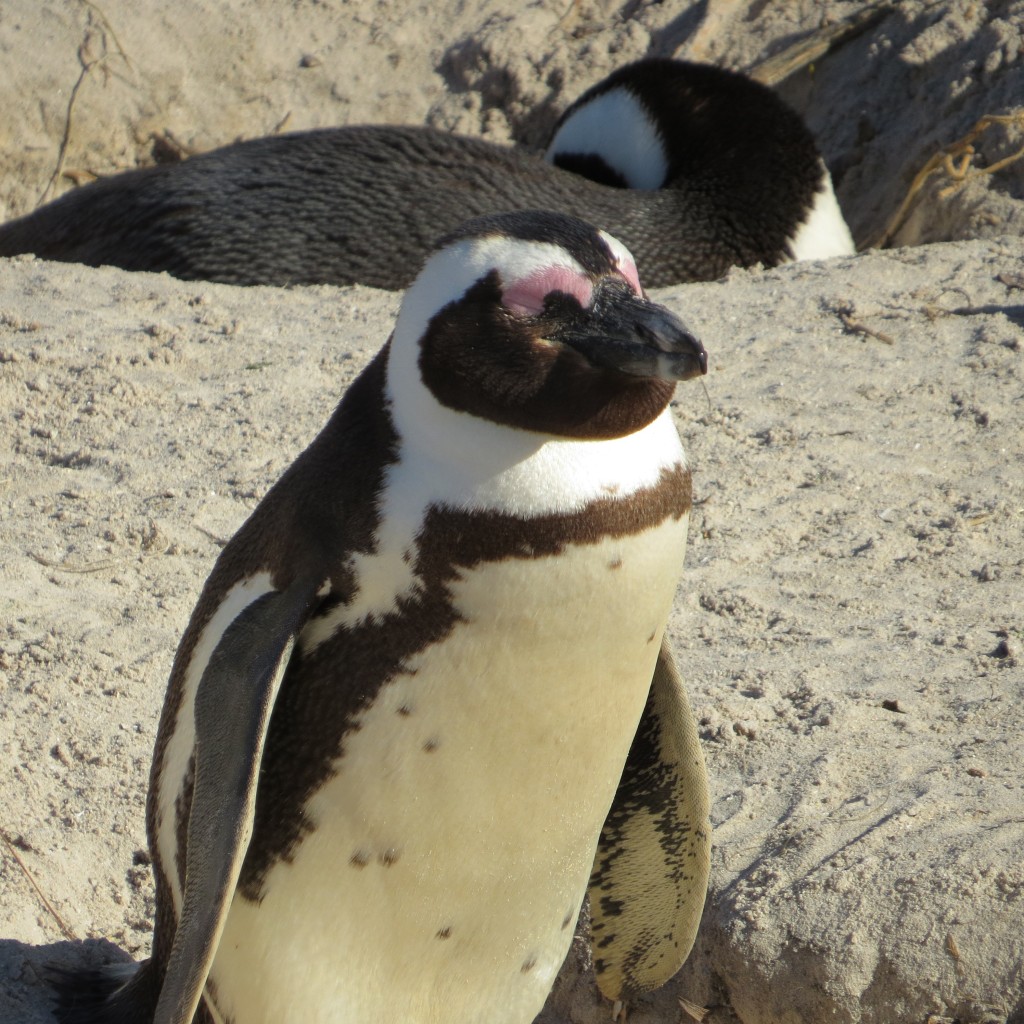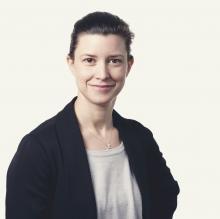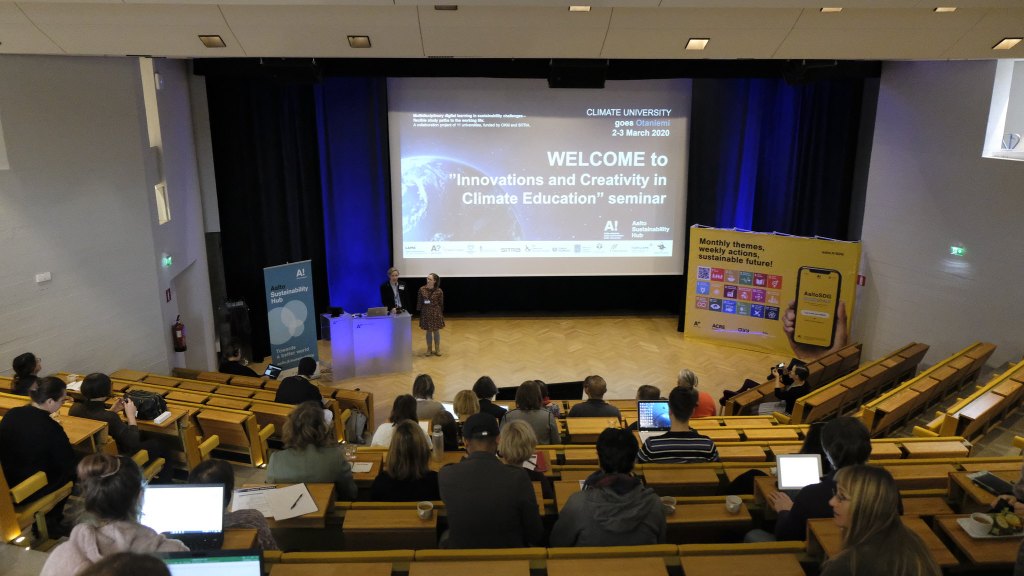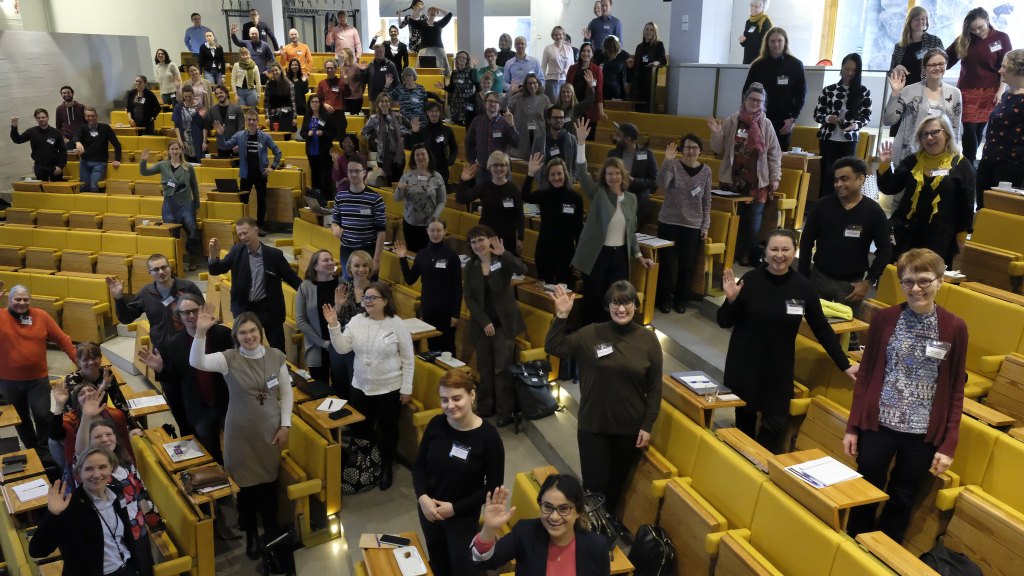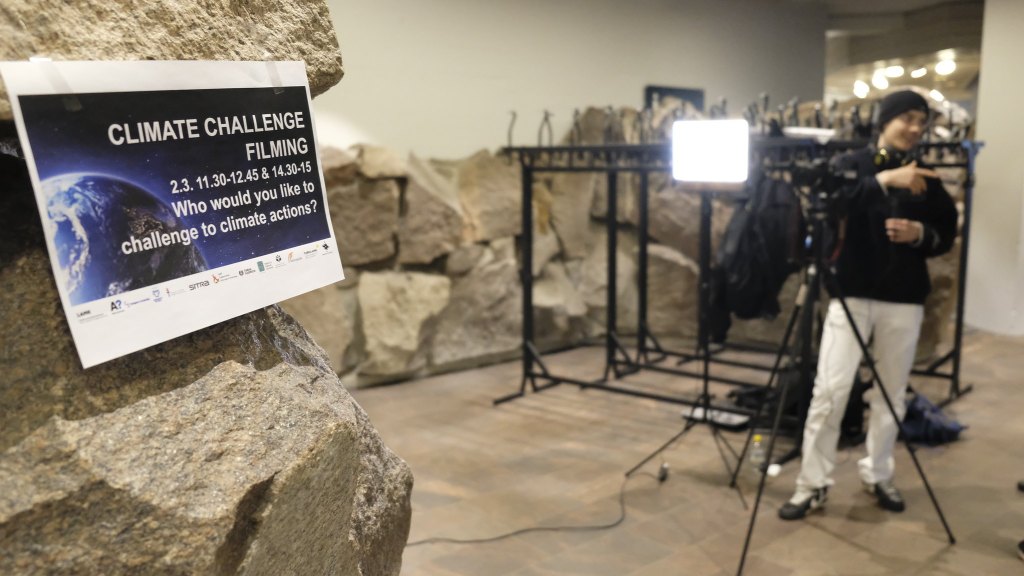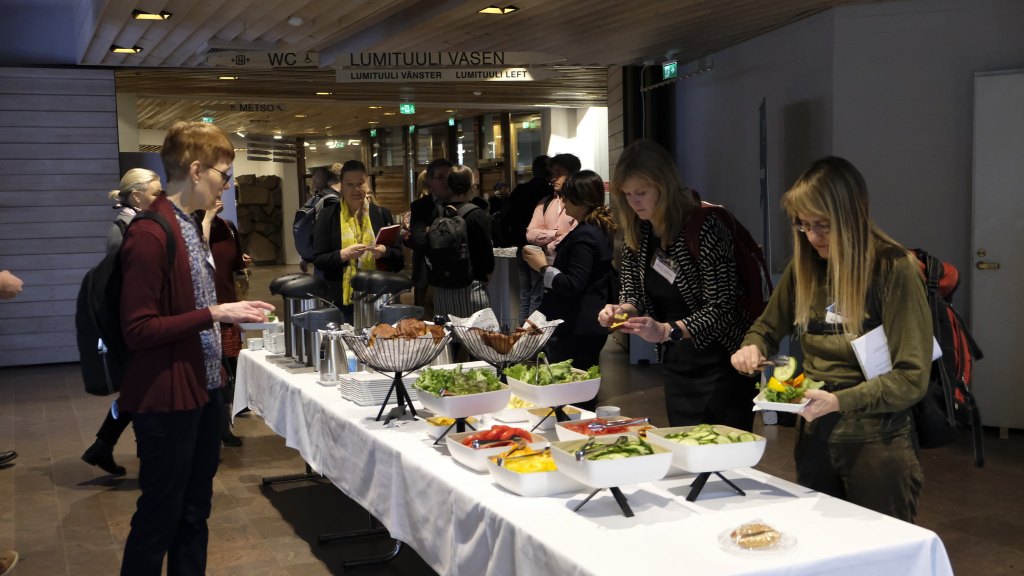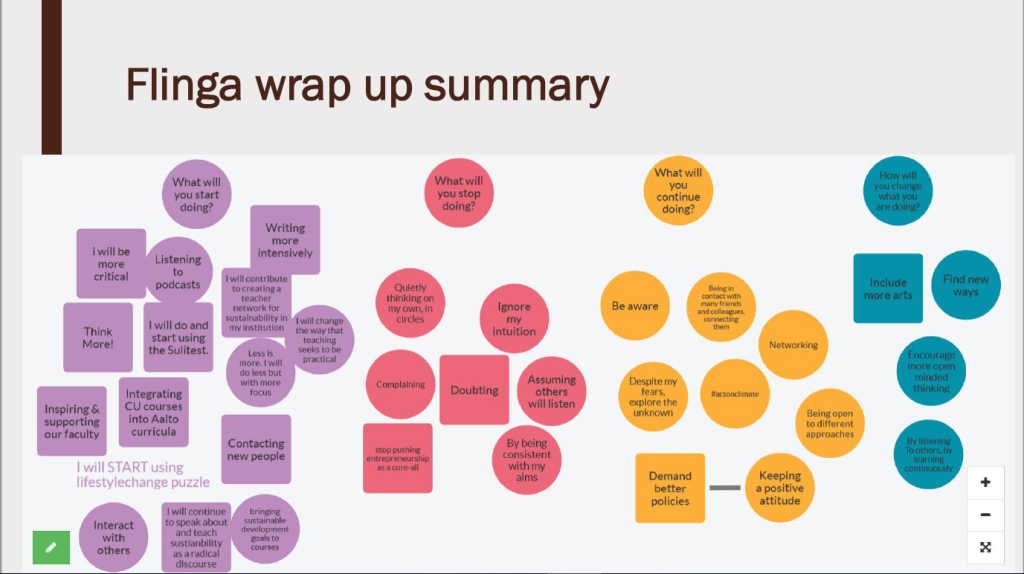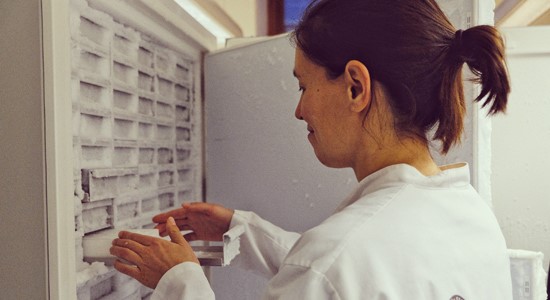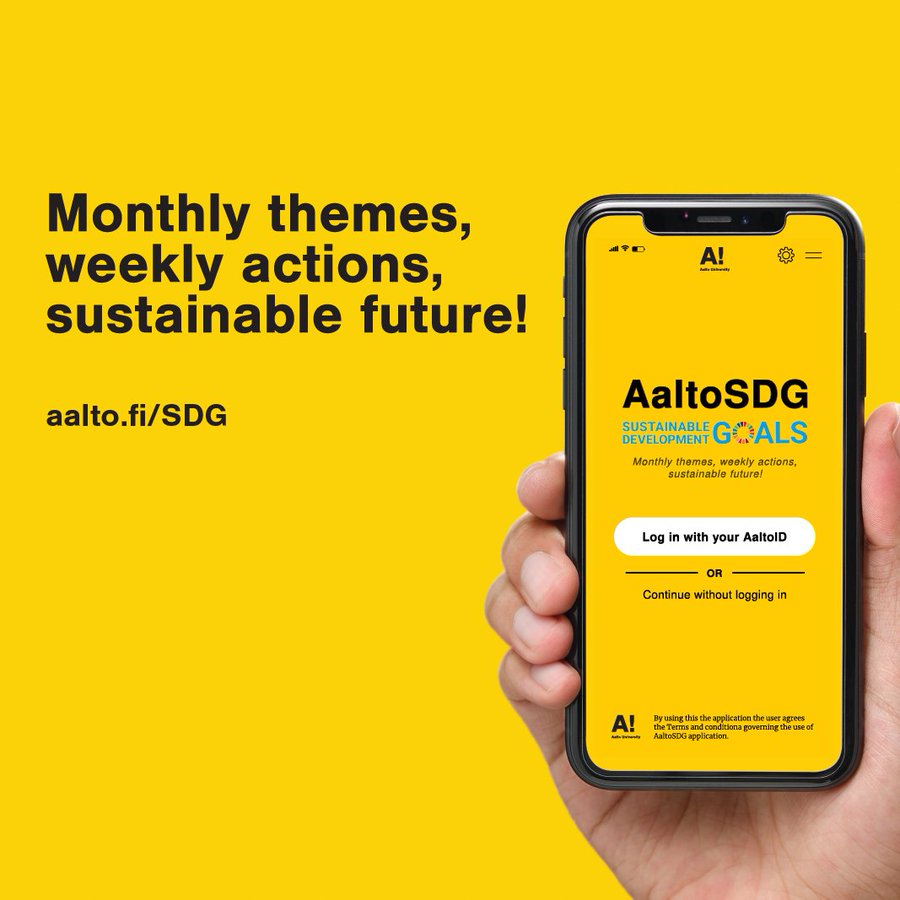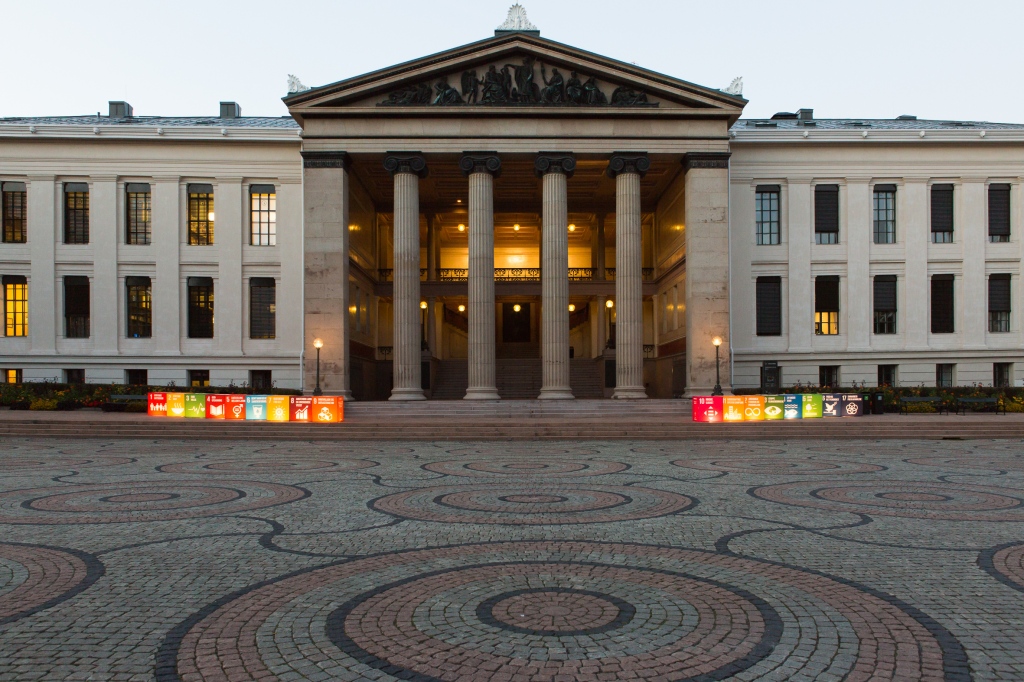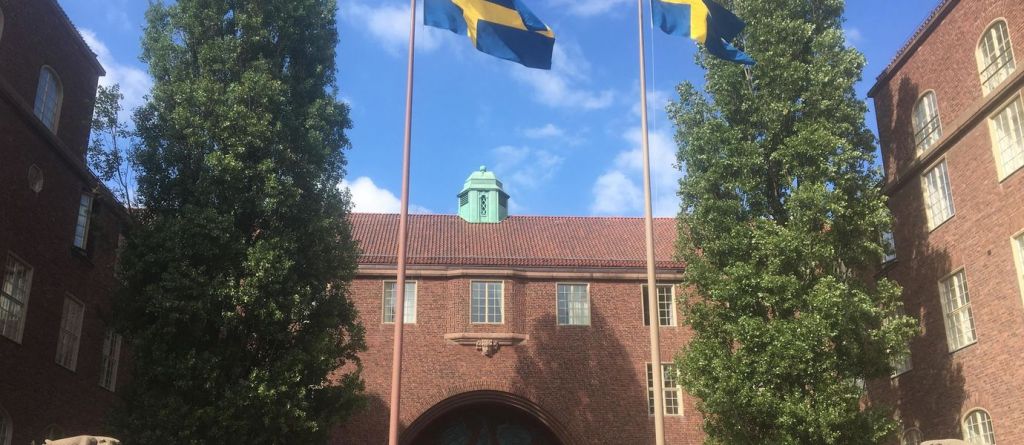
Aalto University will hand over the chairmanship of the Nordic Sustainable Campus Network (NSCN) to KTH Royal Institute of Technology in Stockholm. The aim of NSCN is to develop the overall sustainability of Nordic higher education institutions, with particular emphasis on sustainable campus and teaching activities, as well as to enhance their societal impact.
‘After establishing and leading the Nordic Sustainable Campus Network since 2011, we are pleased to now hand over the chairmanship to the KTH Royal Institute of Technology’, says Aalto University’s Senior Advisor Meri Löyttyniemi, who has founded and steered NSCN since its establishment.
‘We will continue to be actively involved in NSCN, as shaping a sustainable future is at the core of Aalto University’s new strategy. In addition, we will continue our sustainability efforts in the wider Nordic Association of University Administrators NUAS, which NSCN is a part of, and the wider global community’.
With over 45 member organizations, the Nordic Sustainable Campus Network helps to advance sustainability through sharing of best practices as well as developing joint initiatives. For example, according to Löyttyniemi, an important achievement is the development of a course on sustainable cities, which brings together 25-30 students and faculty annually to tackle sustainability issues concerning urban planning.
‘NSCN is an excellent network for knowledge exchange and synergy effects among Nordic universities who have similar conditions and objectives within sustainability. Our ambition is to raise the climate issue high on the agenda and focus on how we can work towards UN’s Sustainable Development Goals’, says Sustainability Manager at KTH and new chair of NSCN Kristina von Oelreich.
‘We also see potential in influencing the larger NUAS network to integrate sustainability issues. Another question is how Covid-19 affects the university’s sustainability work’.
Read more
NUAS – The Nordic Association of University Administrators
Additional information
Kristina Von Oelreich, Sustainability Manager at KTH and new chair of NSCN, tel. +468 790 88 31, krvo@kth.se
Meri Löyttyniemi, Senior Advisor for Sustainability, Aalto University, tel. +358 50 313 7549, meri.loyttyniemi@aalto.fi


